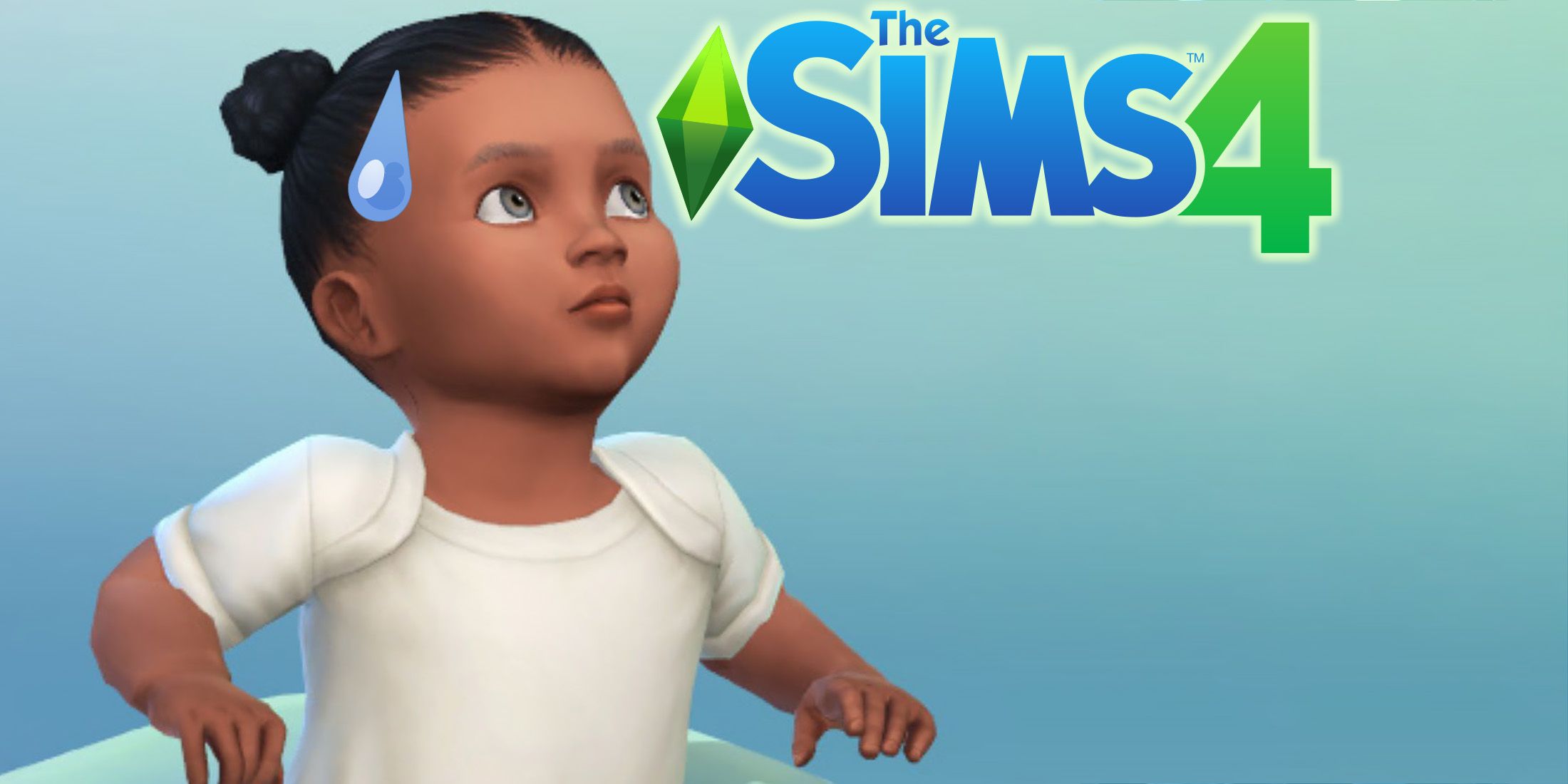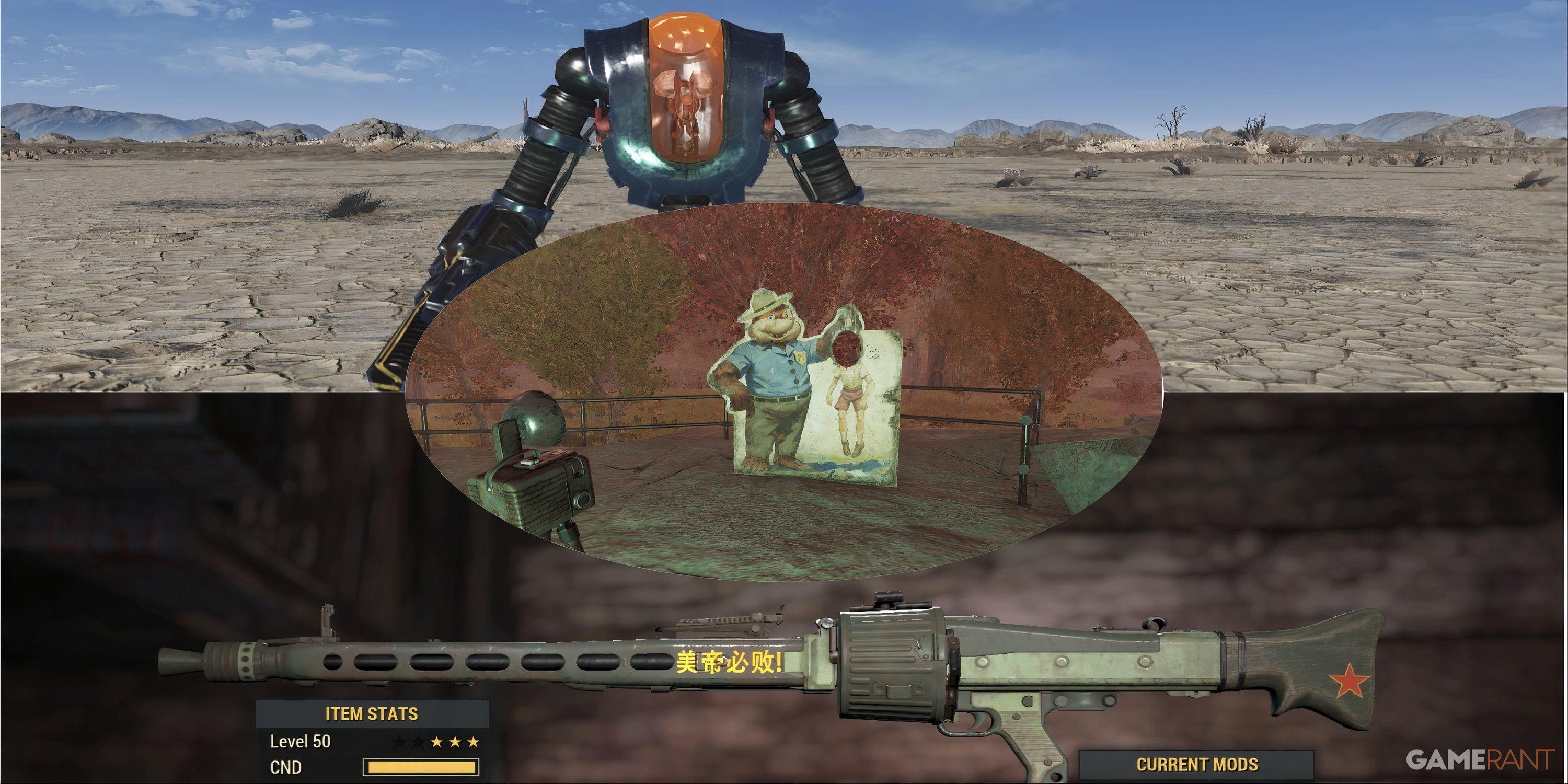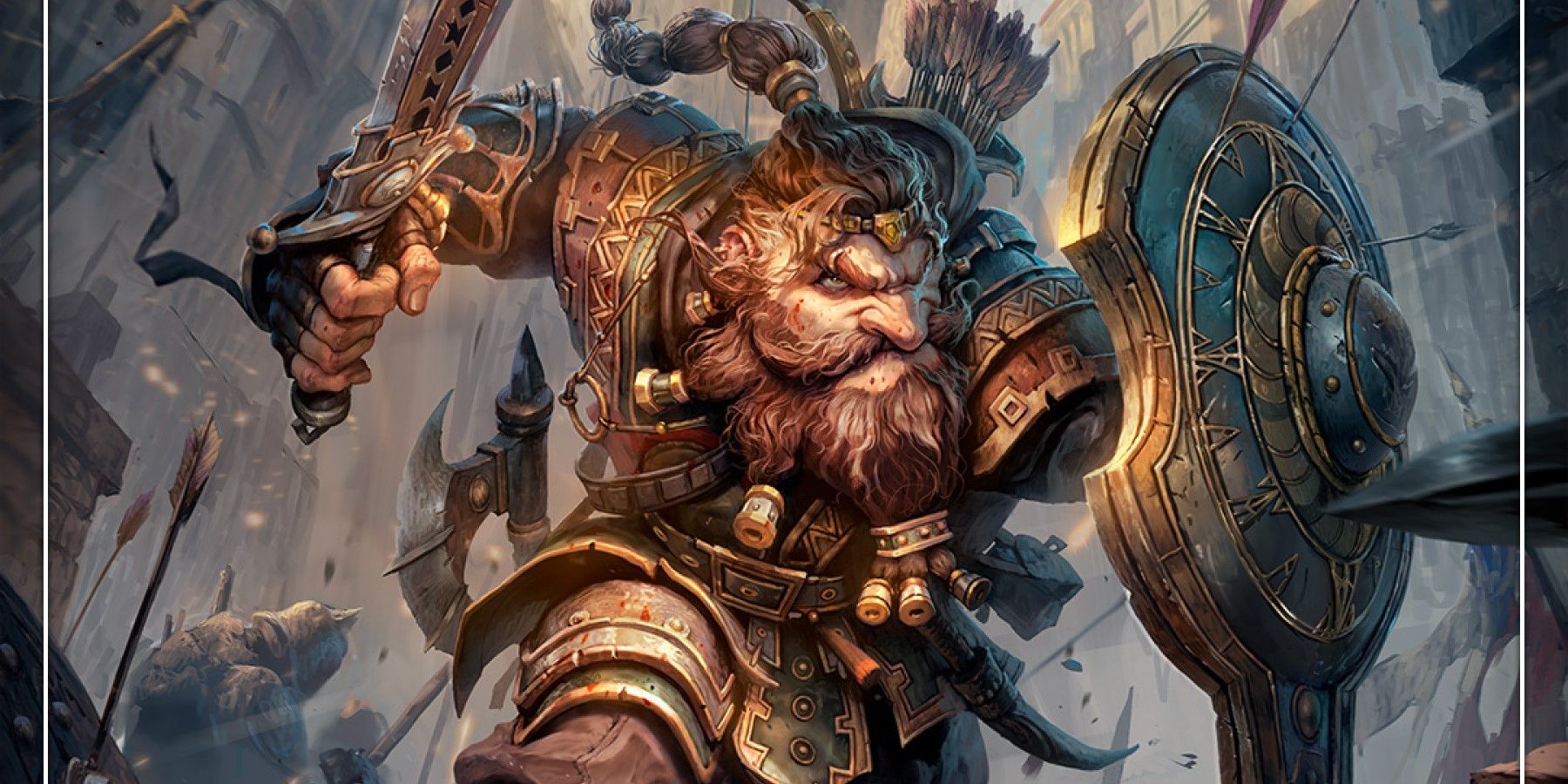Highlights
- Wizards of the Coast has doubled down on its stance against AI art in both Dungeons and Dragons and Magic: The Gathering, emphasizing the importance of human-made art and creativity in their products.
- The controversy surrounding AI-generated art in a recent Dungeons and Dragons announcement prompted the company to replace the artwork and amend future contracts to prohibit AI art.
- While fans are happy to see the commitment to human-made art, some remain skeptical and mistrustful due to past controversies from Wizards of the Coast.
Wizards of the Coast has doubled down on its stance against AI art in twin statements from Dungeons and Dragons and Magic: The Gathering. These declarations came from Wizards of the Coast after a controversy involving art that was erroneously identified as AI-generated in a recent Dungeons and Dragons announcement.
AI art has become a big topic recently as the tools to create it have gotten more mainstream. Wizards of the Coast has already encountered this problem once when AI-generated art was found in Bigby Presents: Glory of Giants. After its discovery, Dungeons and Dragons replaced the artwork with human-made pieces and amended its future contracts to forbid AI art.
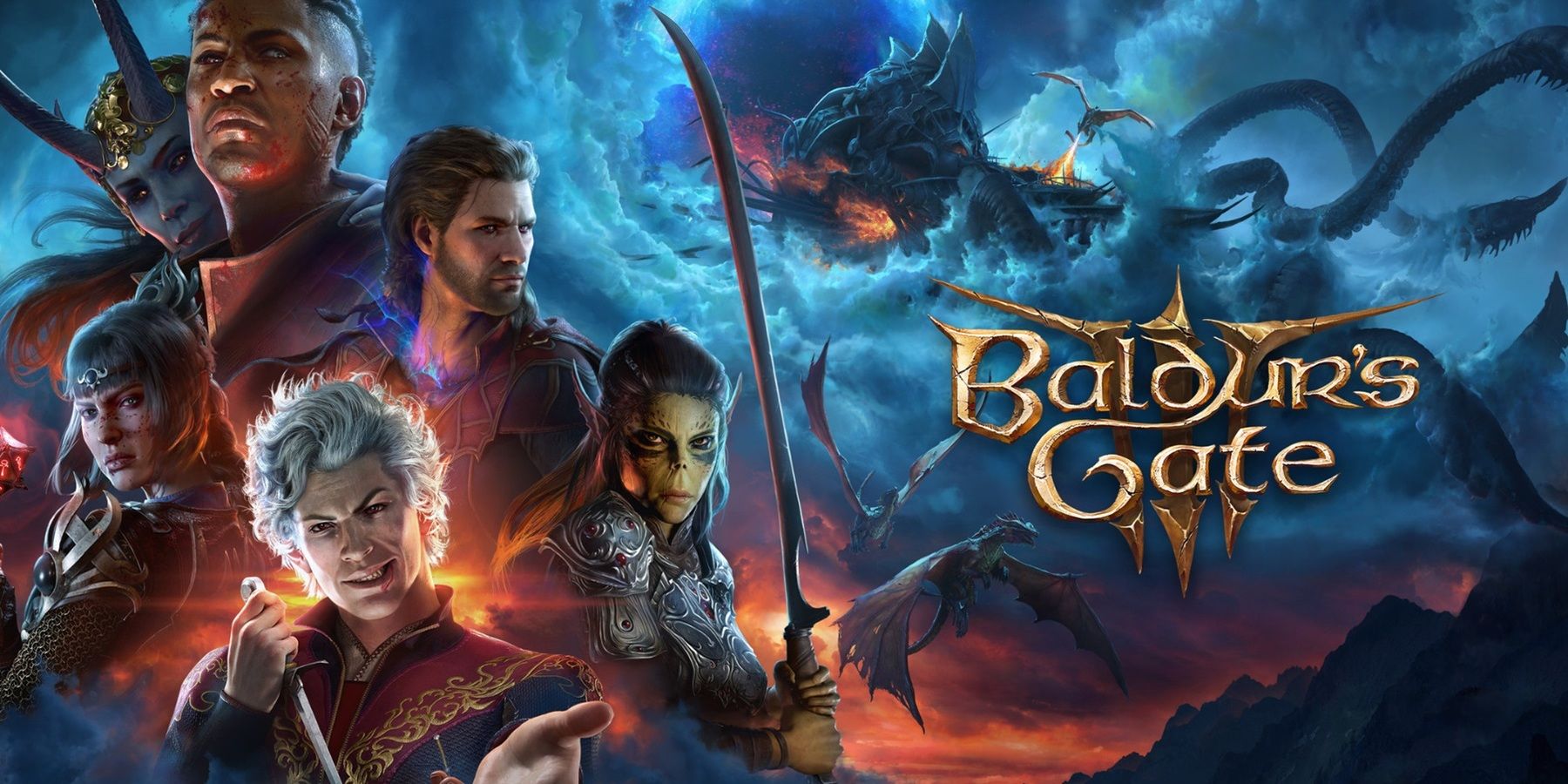
Baldur's Gate 3 Studio CEO Comments on Hasbro Layoffs
The CEO of Larian Studios comments on the recent Hasbro layoffs when thanking all the people who made the existence of Baldur's Gate 3 possible.
Now, Wizards of the Coast has put out twin statements via both Dungeons and Dragons and Magic: The Gathering denouncing the use of AI for art and writing in products from both franchises. These statements mirror one another, claiming the games are built on “innovation, ingenuity, and hard work of talented people who sculpt a beautiful, creative game.” It goes on to say all of its creative contributors must refrain from using AI tools, and that those guidelines will not be changing.
These statements from Wizards of the Coast were sparked by a controversy surrounding one of its recent pieces of artwork used to announce the upcoming Dungeons and Dragons revisions in 2024. Many fans and critics believed the art was made using AI, but artist Nestor Ossandon confirmed via Wizards of the Coast and independent journalists that it was hand-drawn, even providing work-in-progress sketches to prove it.
Most fans of Dungeons and Dragons and Magic: The Gathering are happy to see Wizards of the Coast commit to its words. The use of AI in games and other media has been a contentious subject, and one that is rightfully scorned by artists and writers alike. Given the bad blood sparked by the recent Wizards of the Coast layoffs and other controversies from this year, most agree the last thing it needs to do now is add more by using AI in its products.
However, many aren’t convinced by Wizards of the Coast’s statements. These fans pointed out that Wizards of the Coast specified their contributors couldn’t use these tools for final products, implying they could theoretically be used for concept art or earlier stages. This mistrust is unfortunately well-earned from Wizards of the Coast’s actions during the D&D OGL controversy and the MTG Pinkerton incident, both of which created a lot of bad faith for the company. It is no exaggeration to say Wizards of the Coast has a lot of work to do to fully clear its name with its fans.
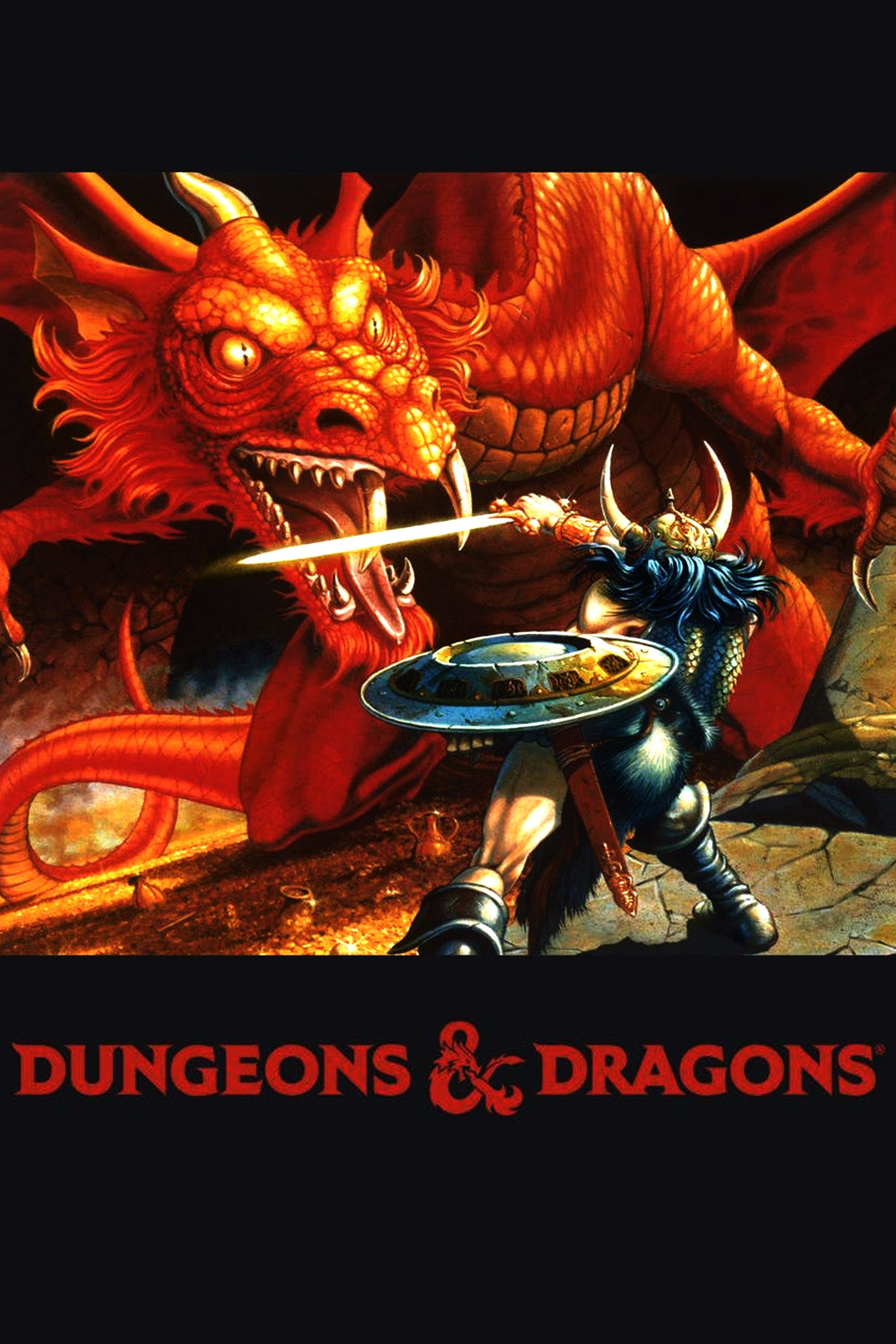
Dungeons and Dragons
Created by Gary Gygax, Dungeons & Dragons is a tabletop game in which players craft their own worlds and band together to take on adventures through mysterious realms outlined in companion materials. One of the best role-playing games ever made, it has been adapted into a variety of video games and other media.
- Franchise
- Dungeons & Dragons
- Original Release Date
- 1974-00-00
- Publisher
- Wizards of the Coast
- Designer
- E. Gary Gygax , Dave Arneson

